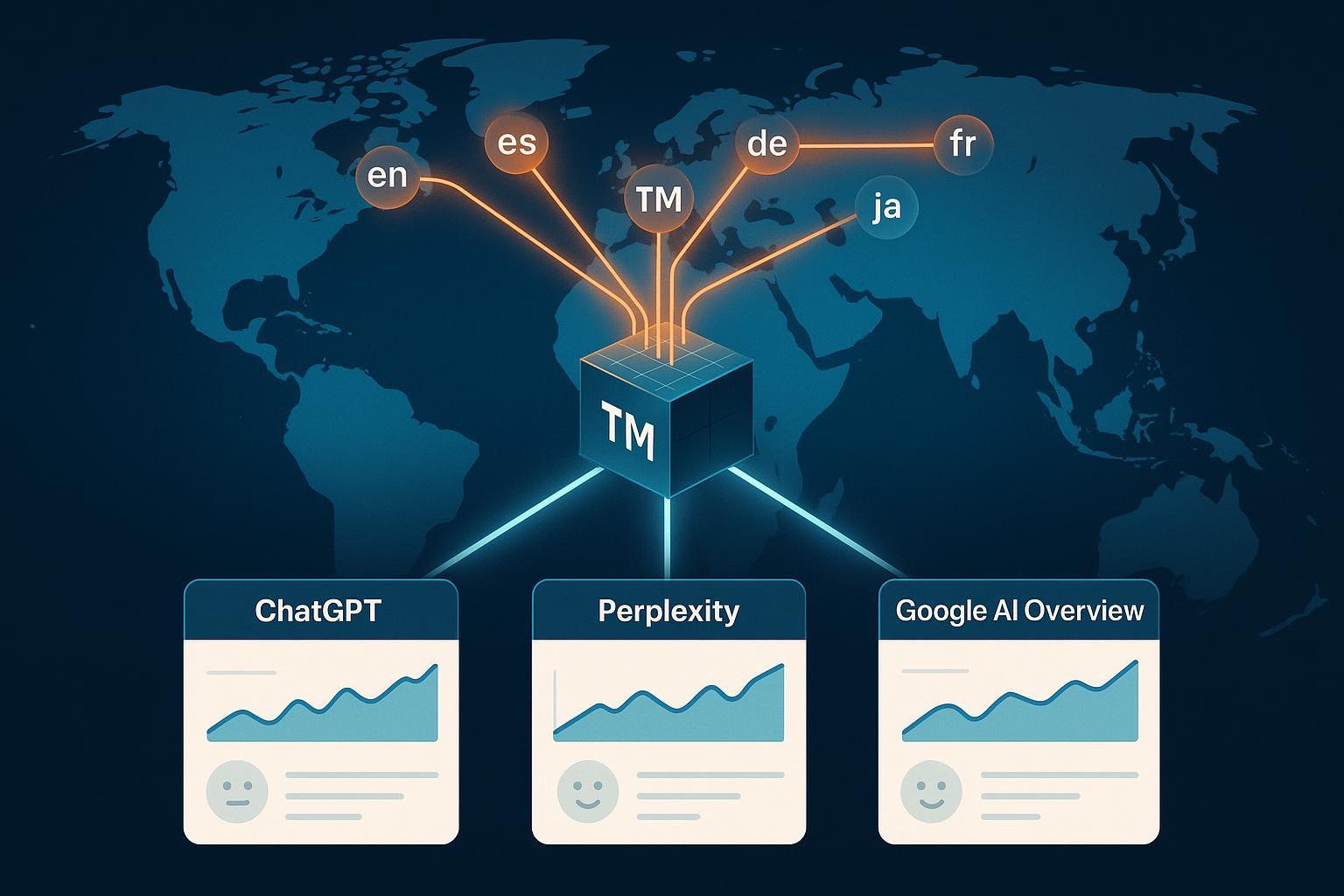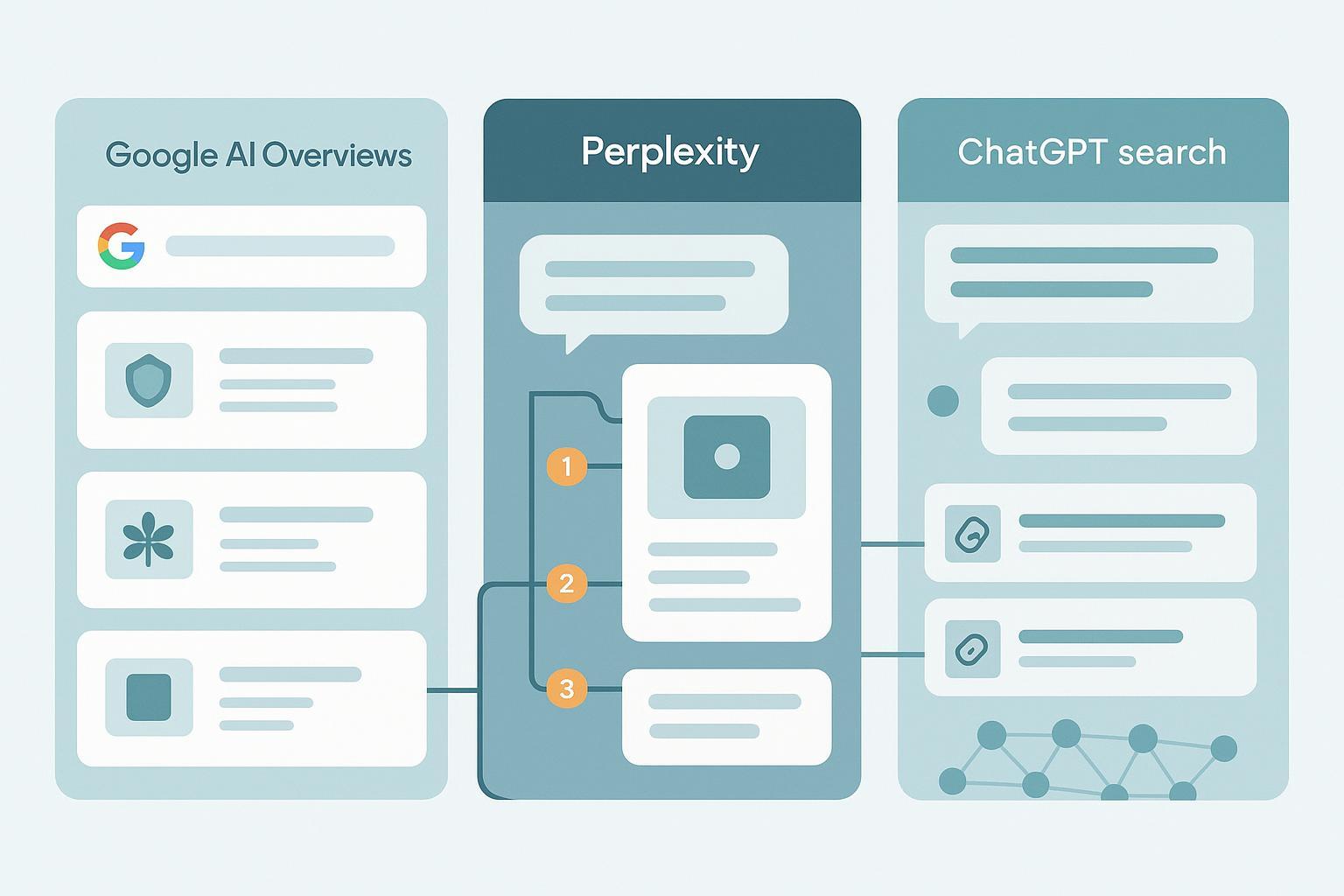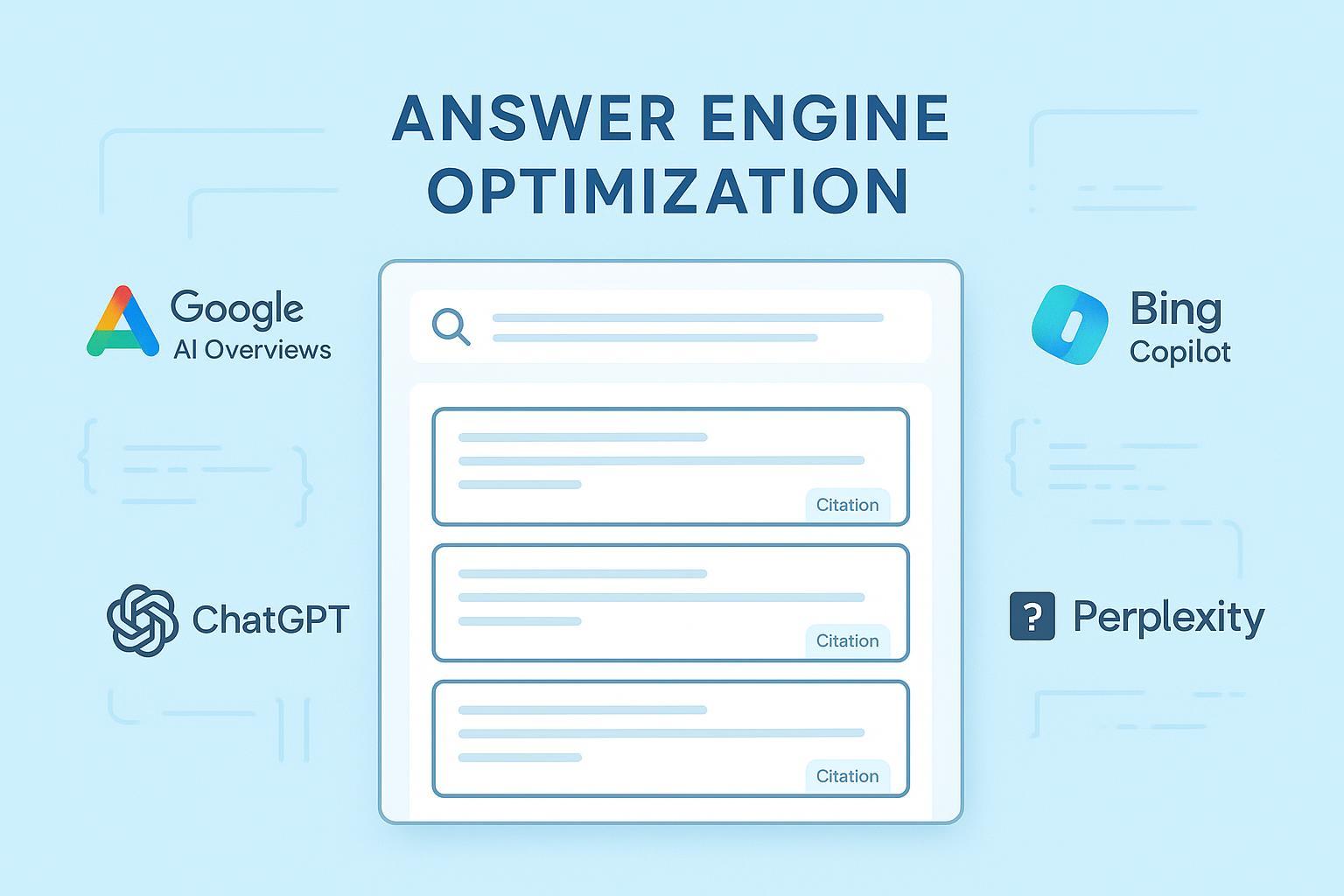Best Practices: Using Translation Memory for Global AI Search (2025)
Discover actionable 2025 best practices for using translation memory tools to optimize AI search and multilingual SEO in global enterprise environments. Includes integration with Geneo analytics.


If global teams want to be discovered and trusted in AI-driven search—Google AI Overviews, ChatGPT, Perplexity—you can’t rely on ad‑hoc translations. In 2025, the brands winning consistent international visibility are the ones treating translation memory (TM) as a search asset: governed, measured, and tightly integrated with multilingual SEO and AI-search analytics.
I’ve learned this the hard way on multinational rollouts. The fix isn’t more content; it’s cleaner TM, disciplined terminology, and a closed loop between what AI surfaces and how your teams translate. Below is a best-practice playbook you can implement immediately.
Why translation memory now matters for AI search
- TM is no longer just a cost saver. It’s how you keep product names, compliance statements, and task-critical phrases consistent across thousands of surfaces and languages—exactly the signals AI systems rely on to synthesize reliable answers. A clear definition: TM is a database of previously translated segments (exact/fuzzy matches) integrated into CAT/TMS workflows, often coupled with term bases and QA to ensure consistency and speed, as outlined by the 2025 explanation from Smartling on translation memory.
- Efficiency still counts. Vendor-reported enterprise outcomes show meaningful speed gains when TM is well maintained—XTM cites up to “80% faster time to market” and significant hour savings in 2025 enterprise programs in its overview of AI translation tooling (XTM Cloud 2025 AI translation tools). Treat vendor figures as directional, but the pattern is consistent across mature setups.
- AI search is citation-driven and quality-sensitive. Google describes AI Overviews as synthesized from its core ranking systems with “query fan-out” to identify diverse sources, and it explicitly surfaces links alongside the answer. See the official Google Developers AI features in Search (updated 2025) and the May 2024 explanation of Generative AI in Search on Google’s blog. Perplexity’s product docs emphasize a citation‑first UX in its Quickstart. When your localized content is consistent, clear, and aligned with user intent, it’s more likely to be cited or included.
Bottom line: TM quality and governance now influence the accuracy and discoverability of your brand in AI answers.
Set up and maintain TM for search relevance (not just translation efficiency)
These are the practices that consistently correlate with better AI-search outcomes in global programs.
- Partition your TM by domain and brand
- Separate legal, support, marketing, and product content to preserve match relevance and tone. Partitioning is a standard governance recommendation from enterprise TMS vendors like XTM on accurate content translation.
- For multi-brand portfolios, maintain shared “neutral” segments (e.g., generic UI strings), but isolate brand voice and product terminology per brand. This avoids cross-brand contamination.
- Enforce terminology and style guides at the point of translation
- Bind your term base and style rules to TM usage so key entities (brand, product, features) are always rendered consistently. Smartling’s guidance on updating linguistic assets underscores the importance of ongoing glossary hygiene (Smartling quick guide to updating linguistic assets, 2025).
- Lock critical segments in the TM (e.g., regulated claims) and require approvals to change them.
- Standardize segmentation rules and clean quarterly
- Inconsistent segmentation reduces useful matches and injects noise. Adopt common segmentation rules across languages and run quarterly hygiene: deduplicate, retire obsolete segments, and merge variants. See practical governance tips in Smartling’s TM overview and XTM’s workflow posts (XTM project management practices).
- Localize metadata and structured data alongside content
- AI systems and search engines rely on titles, descriptions, and structured data to understand entities. Translate and govern these assets in your TMS, not as an afterthought. Align with international SEO basics like localized hreflang and separate URLs per language, as recommended in Google’s multilingual and multi‑regional site guidance (2025) and reinforced by Ahrefs’ hreflang guide (2024/2025).
- Human-in-the-loop QA with standards
- Pair automated QA with in‑country review. Use MQM/DQF for consistent error categorization and ISO 17100/18587 processes for translation and MT post‑editing. Industry events and standards coverage (e.g., Slator’s 2024/2025 standards references at SlatorCon) highlight these as current baselines.
- Tie TM governance to release cadences
- Treat TM like code: version it, keep change logs, and align updates to content releases. This makes it easier to correlate TM changes with AI search outcomes later.
Integration playbook: connect TM, SEO, and AI search analytics
Most teams struggle not because of one weak tool, but because the glue between systems is missing. Here’s the integration pattern that works reliably.
Step 1 — Establish clean international SEO foundations
- Distinct URLs per locale, correct hreflang pairs, no mixed-language pages. Follow Google’s 2025 international setup guidelines. If you use translation proxy/CDN tech, ensure metadata and canonical signals are managed correctly (Smartling’s Global Delivery Network technical guide outlines a common approach).
Step 2 — Wire your CMS ↔ TMS for metadata and structured data
- Bundle titles, descriptions, FAQ content, and JSON‑LD entities in localization jobs. Don’t let SEO fields drift from on‑page copy. Platform guidance from vendors like Smartling and XTM emphasizes context preservation and metadata workflows (XTM on AI in translation and context and Smartling on international SEO strategy).
Step 3 — Add the analytics feedback loop with Geneo
- Monitor how AI search platforms actually reference your brand by locale. Geneo tracks brand exposure and link citations across ChatGPT, Perplexity, and Google AI Overviews, pairs it with sentiment analysis, and keeps a history of queries and results (see the product overview at Geneo).
- Use Geneo insights to prioritize TM maintenance. For example: if German AI answers consistently paraphrase your core value prop off‑brand, push a glossary and TM update for those concepts and re‑run in‑country QA.
Step 4 — Run sprint cycles and annotate releases
- Work in 8–12 week sprints per region. Each sprint should: clean TM segments in priority domains, refresh terminology, localize SEO metadata, and ship a clearly scoped set of pages. Annotate the release in your analytics and in Geneo’s history so you can evaluate impact.
Step 5 — Measure AI-search outcomes and iterate
- Track three indicators per locale: inclusion in AI Overviews (and which pages are linked), citations in Perplexity/ChatGPT, and sentiment/accuracy of the synthesized answer. Google’s AI features documentation clarifies that AI Overview links surface alongside the synthesis (Google Developers AI features in Search, 2025); Perplexity exposes citations prominently in its Quickstart. Close the loop by mapping observed issues back to TM and terminology fixes.
Metric framework: connect TM hygiene to AI-search KPIs
What you can’t measure, you can’t improve. Use this scorecard to keep programs honest.
TM-side metrics
- TM leverage rate: % of words coming from 100% or fuzzy matches (by domain/locale)
- Terminology adherence rate: % of segments conforming to preferred terms
- Post-edit distance (PED): average edit distance from MT output (by engine)
- MQM/DQF scores: error categories and severities (trend over time)
- TM hygiene score: duplicates, obsolete segment rate, locked critical segments
AI search/SEO metrics
- AI Overview inclusion frequency per locale (and link share of owned pages), guided by Google Developers AI features (2025)
- Perplexity/ChatGPT citation share of owned pages vs third‑party pages, using Geneo’s cross‑platform monitoring (Geneo)
- Localized CTR, impressions, and average position from Google Search Console
- Sentiment and factual accuracy of AI answers (by locale) from Geneo’s sentiment analysis
Attribution method
- Establish a pre‑sprint baseline, implement TM+terminology updates, localize SEO metadata, and compare after 8–12 weeks. Use annotated releases and matched‑market comparisons to isolate impact. This mirrors how mature teams measure operational ROI reported in vendor case work (e.g., time and cost savings referenced by XTM 2025 and long‑running public sector programs summarized by Smartling’s government case).
Security, privacy, and compliance: non‑negotiable for global enterprises
- Data protection and certifications: Require ISO 27001 for ISMS, SOC 2 Type 2 for control effectiveness, and GDPR‑compliant processing. See official resources: GDPR guidance (EU) and the AWS ISO certification list that many cloud vendors reference for infrastructure assurances.
- Operational controls: SSO/SAML, RBAC with least privilege, encryption at rest/in transit, audit logs, data residency/pinning. Phrase and other vendors document privacy postures for generative AI MT engines, emphasizing anonymization and consent models (Phrase security notes for generative AI MT).
- Quality standards: ISO 17100/18587 for translation and MT post‑editing; MQM/DQF scoring in human‑in‑the‑loop QA. Industry roundups like SlatorCon’s 2025 standards references summarize current adoption.
Tip: Maintain a separate, secured “gold” TM instance for regulated content; propagate approved updates downstream only after compliance sign‑off.
Case notes: what moves the needle (and what doesn’t)
What worked
- Consolidating fragmented TMs before scaling. During one EMEA expansion, merging three marketing TMs and removing 18% duplicate segments drove a measurable lift in terminology adherence within one quarter—downstream, we saw more consistent brand phrasing in German AI answers, with Geneo sentiment moving from neutral to positive.
- Localizing SEO metadata with the body copy. Titles and FAQs translated in the same job kept intent aligned; this coincided with more owned pages appearing among AI Overview link cards in markets where we previously saw third‑party pages dominate (as expected based on Google’s AI features in Search, 2025).
What didn’t
- “Translate first, fix later.” Shipping large volumes without terminology enforcement created rework and brand drift in AI answers. The cleanup cost exceeded the original rush savings.
- Assuming MT personalization solves governance. Adaptive MT and LLM fine‑tuning can help quality—industry analyses note benefits when pairing LLMs with translation memories (see Slator on fine‑tuning LLMs with TM)—but they don’t replace TM hygiene or style governance.
Common pitfalls and how to avoid them
- Mixed-language pages or auto‑redirects based on cookies. Googlebot may not honor locale switching; serve stable, crawlable, single‑language pages with explicit hreflang, per Google’s 2025 international guidance.
- Over‑reliance on fuzzy matches. Close is not correct. For regulated statements and brand taglines, force exact matches via locked segments.
- Untracked TM changes. Without versioning and release notes, you can’t diagnose why AI answers changed. Treat TM like a governed dataset.
- Leaving support and docs behind. Many AI answers quote documentation, not marketing pages. Translate help centers and developer docs with the same rigor as your .com.
Tooling stack that plays nicely together
- TMS/CAT with strong TM governance, terminology, and QA (e.g., partitioning, locks, audit trails)
- CMS publishing localized pages with stable URLs, localized structured data, and correct hreflang
- Analytics and AI-search monitoring via Geneo to track cross‑platform citations, sentiment, and history (Geneo)
- Search Console and analytics for web KPIs; optional third‑party SEO tools for keyword research in target languages (Ahrefs multilingual SEO resources)
Implementation checklist (8–12 week pilot)
Week 0
- Pick two locales with meaningful traffic and one high‑impact content cluster (e.g., product pages + FAQs)
- Baseline: TM hygiene metrics; terminology adherence; AI Overview inclusion and AI citations via Geneo; web KPIs
Weeks 1–4
- TM cleanup sprint: dedupe, retire obsolete segments, lock critical strings; update glossary and style guide
- Wire CMS↔TMS for metadata and structured data; fix hreflang gaps
Weeks 5–8
- Translate and publish prioritized pages; run human‑in‑the‑loop QA (MQM/DQF)
- Annotate releases in analytics and Geneo history
Weeks 9–12
- Measure changes: AI inclusion/citations, sentiment, CTR, MQM scores
- Retrospective: correlate issues to TM/term gaps; plan next sprint
Where Geneo fits in your operating model
- Monitoring layer: Identify by‑locale where your brand isn’t being cited by ChatGPT/Perplexity or where Google AI Overviews link to third‑party content. Geneo’s multi‑platform tracking is designed for this cross‑channel view (Geneo overview).
- Feedback to localization: Sentiment dips or off‑brand phrasing in AI answers indicate terminology or tone drift—feed those findings straight into TM and glossary updates.
- Governance and attribution: Use Geneo’s historical query tracking to line up content/TM releases with shifts in AI citations and rankings so you can prove impact and secure budget for continued TM maintenance.
—
If you manage multilingual visibility at scale, the single most reliable move in 2025 is to treat TM as a first‑class search asset. Keep it clean, wire it into SEO and structured data, and close the loop with AI‑search analytics. That’s how you compound gains across markets.
Ready to operationalize this? See how Geneo can monitor your multilingual AI search presence and turn insights into TM and content wins: Explore Geneo.





